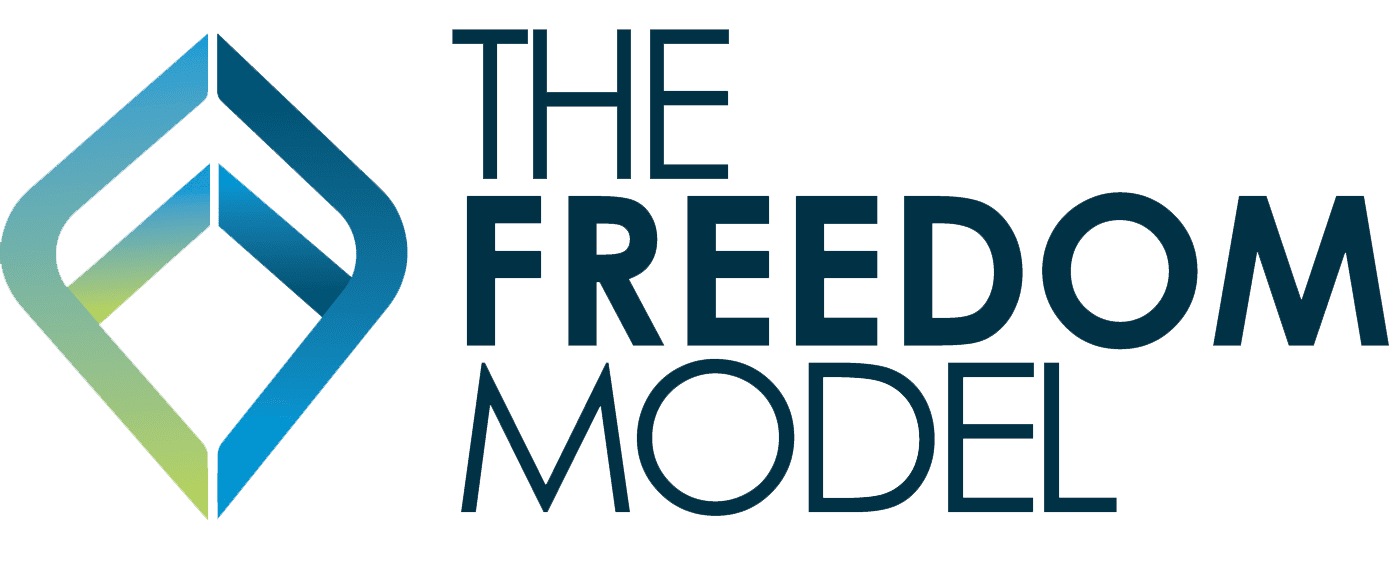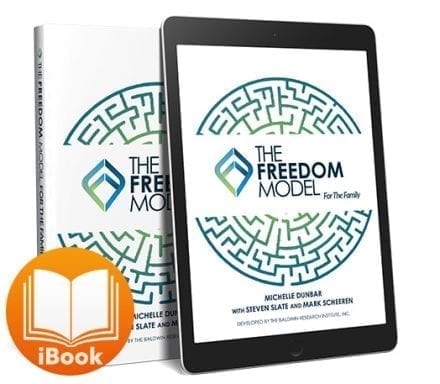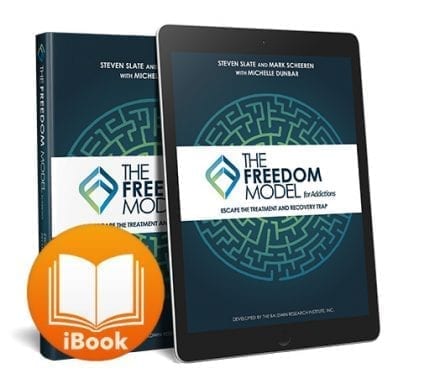
The Undeniable Numbers of Addiction Recovery
**Written by Freedom Model Online Coach, Matthew Sparks**
In this post, we will be going over both some of the most important large studies tracking problematic drug users, as well as academic papers discussing their implications when paired with other data. If you have ever any doubt that anyone and everyone can recover on their own, even without treatment, this blog post is for you. I promise I will do my best to make sure this is not boring. Let’s dive in:
A claim repeated ad nauseum around the US is that only 1 in 10 “addicts” actually “gets the help they need.”1 Assuming that premise is true, what does that mean for the other 9? Are they all dead and dying? Or are they homeless and committing violent crimes to sustain their habits? Well, as it turns out, no – not even close. And the answer to that question may surprise you.
Taking a step back, what is an “addict?” According to the Diagnostic and Statistical Manual (DSM), The essential feature of Substance Dependence is a cluster of cognitive, behavioral, and physiological symptoms indicating that the individual continues the use of substance despite significant substance related problems. There is a pattern of repeated self-administration that usually results in tolerance, withdrawal, and compulsive drug-taking behavior.2 However, three studies from 1990 to 2002: the National Comorbidity Survey (NCS), National Comorbidity Survey Replication (NCS-R), and National Epidemiology Survey on Alcohol and Related Disorders (NESARC), each of which recruited several thousand subjects, do not support the idea that addiction is a chronic, relapsing brain disease.
In fact, addiction had the highest remission rate of any psychiatric disorder, and, not only that, the cumulative probability of remissions as a function of time since onset of independence was approximately constant–the likelihood of remitting was independent of the years of dependence. Remission rates also remained constant, independent of age. Even more shockingly, the probability of quitting drugs is independent of how long heavy drug use has been in place.Each year, a constant proportion of those considered addicted remitted, again, regardless of years of use.3 So that “compulsive drug-taking behavior” described previously doesn’t appear to be compulsive. People can and do quit in vast numbers, and they do so in pretty predictable fashion. These results also bring into the question the idea that a drug progressively “hijacks” your brain, but that is a topic for an entirely other article. (Or you can read about it in our book, The Freedom Model for Addictions!)
Back to the earlier claim about the number of “addicts” entering treatment – it was calculated using the aforementioned data that the relationship between treatment and remission has yet to be published in any reliable academic paper. Thus, treatment is almost certainly not a necessary remission from drug dependence. If only Matthew Perry had been told that, and had instead read our book our signed up for one of our services.
CITATIONS:
- “Addiction Statistics.” Addiction Center, September 22, 2022. https://www.addictioncenter.com/addiction/addiction-statistics/.
- “What Is Addiction?” National Institute on Alcohol Abuse and Alcoholism. U.S. Department of Health and Human Services. Accessed October 26, 2022. https://pubs.niaaa.nih.gov/publications/arh312/93-95.htm.
- Heyman, Gene M. “Quitting Drugs: Quantitative and Qualitative Features.” Annual Review of Clinical Psychology 9, no. 1 (2013): 29–59. https://doi.org/10.1146/annurev-clinpsy-032511-143041.





